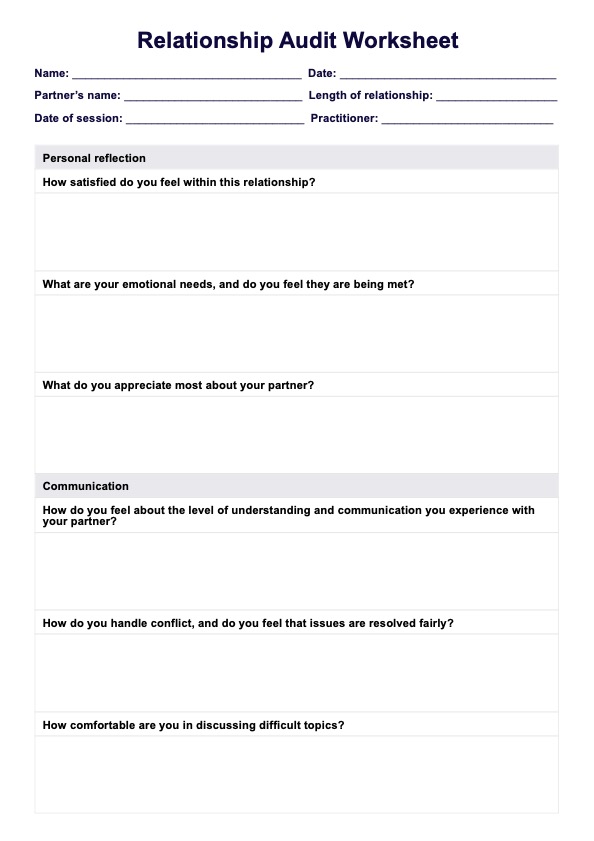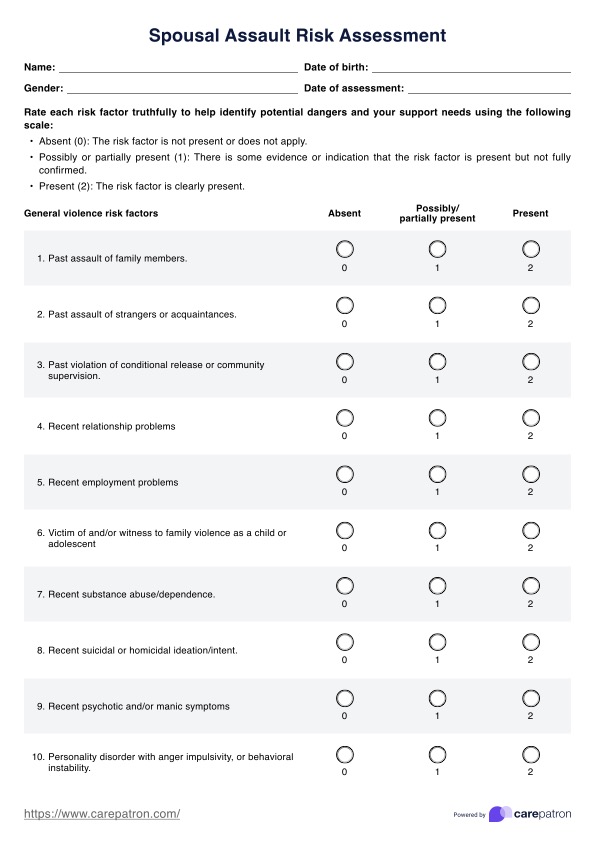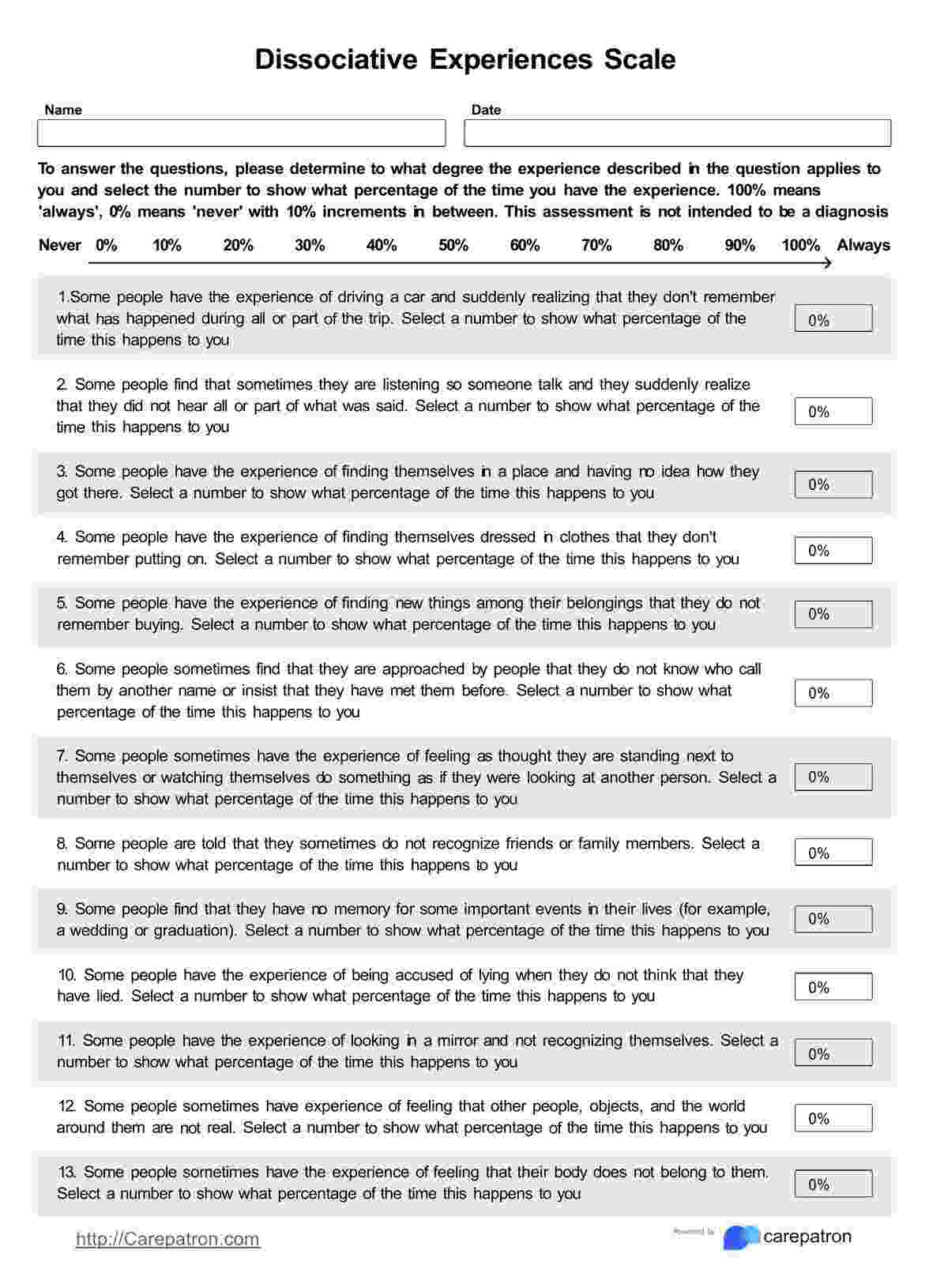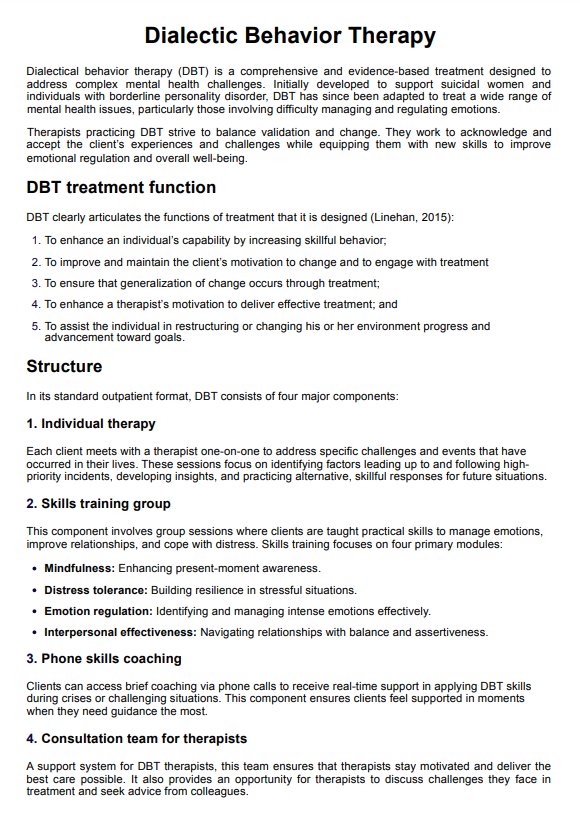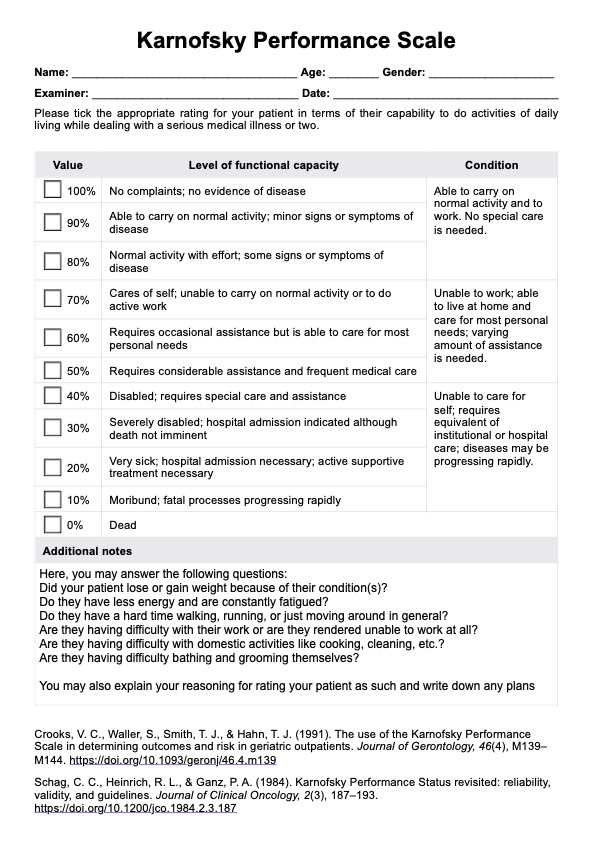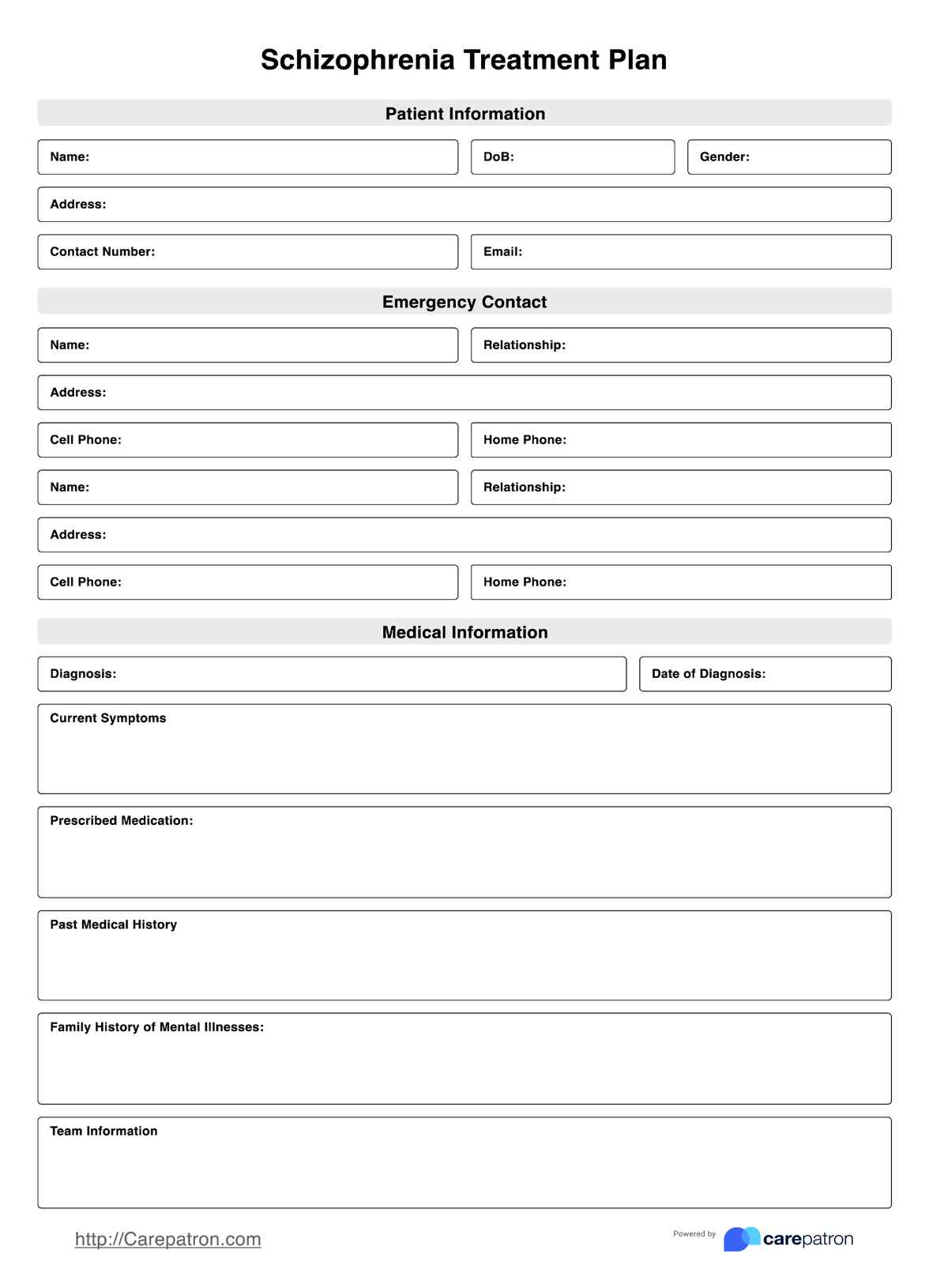Psychological Smog ACT Worksheet
Clear your mind with the Psychological Smog ACT Worksheet. Take control of your thoughts and emotions. Download now for a refreshing mental perspective.


What is Acceptance and Commitment Therapy?
is a form of psychotherapy that combines cognitive and behavioral approaches with mindfulness and acceptance strategies. Its goal is to help individuals develop psychological flexibility – the ability to be present in the moment, open to experiences, and guided by one's values, even under challenging thoughts and emotions.
In the context of relationship problems, ACT Therapy offers a unique perspective. It encourages individuals to accept their emotions and thoughts without judgment, allowing them to better understand themselves and their reactions within relationships. Instead of struggling against distressing feelings, individuals learn to observe them and make conscious choices based on their values. This can reduce the emotional reactivity that often exacerbates relationship conflicts.
Psychological smog metaphorically represents the cluttered and cloudy state of the mind caused by negative thoughts, self-doubt, and emotional turmoil. This "smog" can obscure clear thinking, hinder effective communication, and strain relationships. ACT Therapy addresses psychological smog by helping individuals detach from harmful thoughts and emotions. By focusing on mindfulness and acceptance, individuals can see through the smog, gaining clarity and making healthier choices in their relationships.
Many have found ACT Therapy beneficial for a comprehensive approach to mental well-being and relationship enhancement. To manage and overcome psychological smog in the context of relationships, ACT Therapy provides valuable tools. To learn more about ACT Therapy and its applications, you can explore this resource on Electronic Health Records provided by Carepatron.
Psychological Smog ACT Worksheet Template
Psychological Smog ACT Worksheet Example
How to use the Psychological Smog ACT Worksheet:
The Psychological Smog ACT Worksheet is a valuable tool designed specifically for healthcare practitioners to assist their clients in identifying and addressing psychological smog – the accumulation of negative thoughts, emotions, and stressors that can hinder mental and emotional well-being. This worksheet aims to empower clients by facilitating self-awareness and encouraging the adoption of effective coping techniques.
Here are the steps for using the template:
Step 1: Introduction and Explanation
Begin by introducing the worksheet to your client. Explain that psychological smog refers to the mental clutter and stressors that can impact their overall mental health. Emphasize that this tool is designed to support them in assessing their current state and exploring strategies to alleviate this smog.
Step 2: Assessing Psychological Smog
Guide your client through Part 1 of the worksheet, where they will rate statements about their emotional experiences. Have them honestly place each word on a scale from 1 to 5, indicating how much they relate to each account. This assessment provides a tangible measure of the presence of psychological smog in their life.
Step 3: Exploring Coping Techniques
Proceed to Part 2, where your client will evaluate various coping techniques. Discuss each method and ask your client to express their willingness to try them. This step helps tailor the coping strategies to their preferences and needs, fostering a sense of ownership in their well-being journey.
Step 4: Creating an Action Plan
In Part 3, work collaboratively with your client to develop an action plan. Based on the coping techniques they are willing to explore, assist them in outlining specific steps they can take to implement these strategies into their daily life. This plan encourages consistency and gradual progress.
Step 5: Reflection and Commitment
Encourage your clients to reflect on their insights and the steps they plan to take. This reflection solidifies their commitment to their well-being and helps them recognize their agency in improving their mental and emotional health.
When would you use this Psychological Smog ACT Worksheet?
The Psychological Smog ACT Worksheet is a versatile tool that holds relevance across various life situations and healthcare settings, offering structured guidance for individuals dealing with emotional turmoil and mental clutter.
Optimal Times to Use the Psychological Smog ACT Worksheet
Transitions and Changes
Therapists and counselors can use the worksheet to guide clients through emotional upheaval and facilitate adaptive coping strategies during significant life changes.
Stress Management
Psychologists and coaches can incorporate the worksheet when clients grapple with high stress, empowering them to manage their emotional responses and enhance resilience.
Relationship Therapy
Marriage and family therapists can use the worksheet to facilitate communication and emotional exploration for couples and families facing relationship challenges.
Anxiety Treatment
Mental health professionals specializing in anxiety disorders can apply the worksheet's techniques to help clients ground themselves during anxiety episodes.
Preventing Burnout
Occupational therapists and wellness coaches can utilize the worksheet to prevent burnout among individuals in demanding professions, fostering emotional well-being.
Health Education
Primary care physicians and nurses can recommend the worksheet to patients with stress-related health issues, promoting emotional self-care as a preventive measure.
Group Therapy
Therapists can guide participants through the worksheet in group therapy settings, fostering mutual support and emotional growth.
What are the benefits of using this Psychological Smog ACT Worksheet?
The Psychological Smog ACT Worksheet offers a structured and comprehensive approach to addressing emotional turbulence and negative thought patterns, providing individuals with a range of valuable benefits:
Enhanced Emotional Awareness (Self-Reflection)
Through the self-reflection step, individuals develop a deeper understanding of their emotions. This increased awareness allows them to acknowledge their feelings without judgment, fostering a more compassionate and non-reactive relationship with their inner experiences.
Improved Emotional Regulation (Mindful Awareness)
The worksheet's emphasis on mindful awareness equips individuals with techniques to stay present in the moment. This skill becomes a powerful tool in managing overwhelming thoughts and emotions, preventing them from spiraling into heightened distress.
Clarity of Values and Direction (Identifying Values)
Identifying and listing personal values provides individuals with clarity and purpose. This step allows them to see beyond the fog of negative thoughts, helping them make choices that are in line with what truly matters to them.
Reduction of Negative Thought Impact (Cognitive Defusion)
Cognitive defusion techniques the worksheet teaches empower individuals to reframe and detach from their negative thoughts. Learning to view thoughts as transient mental events rather than absolute truths can reduce the emotional charge attached to these thoughts.
Empowerment and Goal Commitment (Commit to Action)
Engaging with the commit-to-action step empowers individuals to take proactive steps aligned with their values. This process instills a sense of agency and enhances motivation and self-efficacy as they witness their capacity to create positive change.
Sustainable Emotional Resilience (Regular Practice)
Through regular practice of the Psychological Smog ACT Worksheet, individuals develop emotional resilience like a muscle that strengthens over time. Consistently engaging with these techniques enables them to navigate future challenges with greater dynamic flexibility and adaptability.
You can use the Action Plan template to outline specific steps and strategies for addressing client needs and goals. This template helps in setting clear objectives and tracking progress over time. By integrating it with other assessment tools, you can enhance the effectiveness of your interventions and improve client outcomes.
Commonly asked questions
The principles of emotional awareness, value-based actions, and effective communication taught in the worksheet can benefit various aspects of life, including work, family, and personal growth.
While the worksheet provides valuable tools, it's not a substitute for professional therapy. It can be used as a supplement to therapy or as a self-help tool to facilitate constructive discussions and reflections within the relationship.
Revisiting the worksheet whenever you experience emotional turbulence is recommended. Regular practice helps develop emotional resilience over time.
The worksheet aids in addressing emotional clutter and negative thought patterns. It guides individuals through self-awareness, mindfulness, value identification, cognitive reframing, action commitment, and regular practice – fostering emotional clarity, resilience, and aligned decision-making.


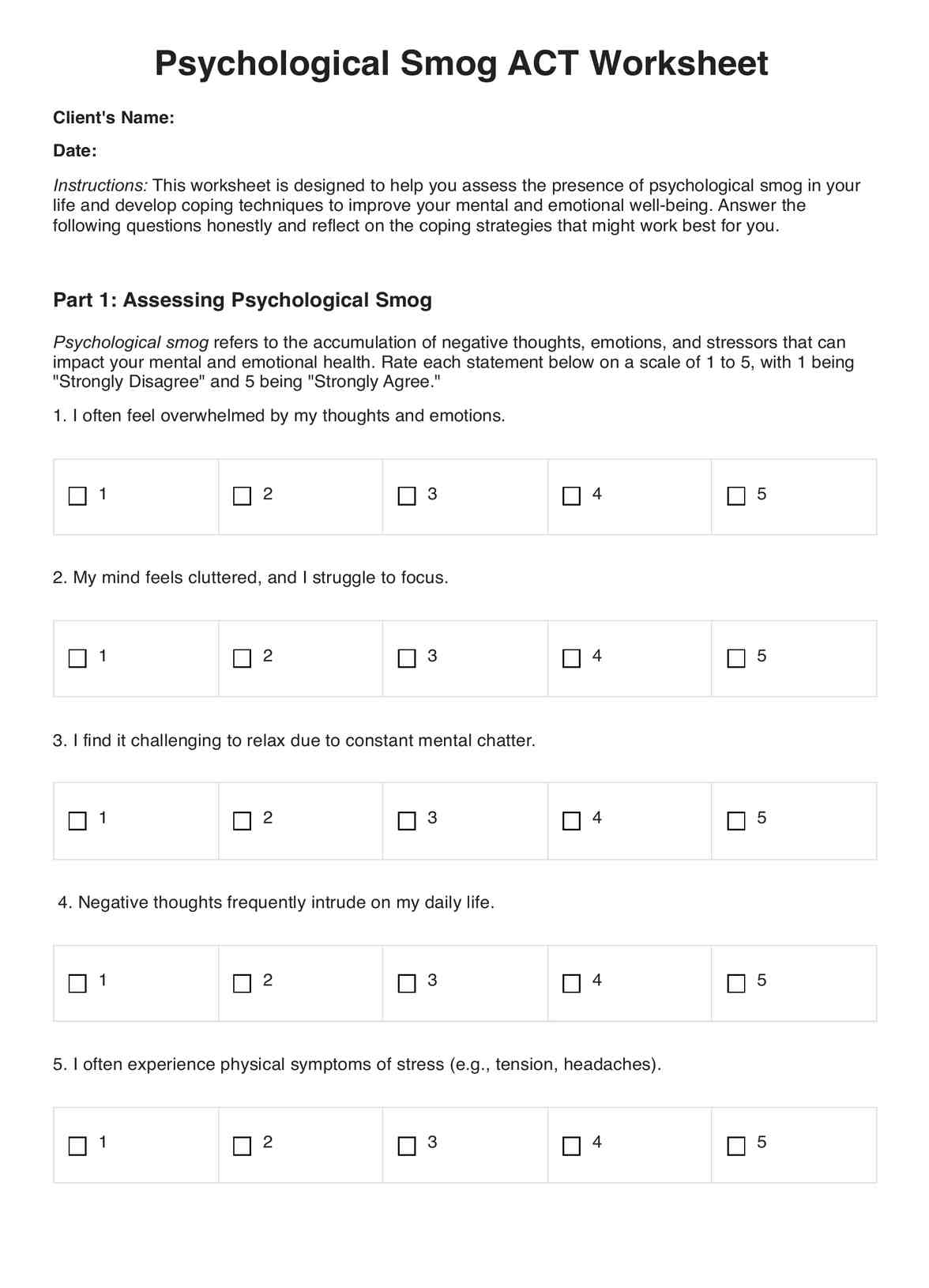
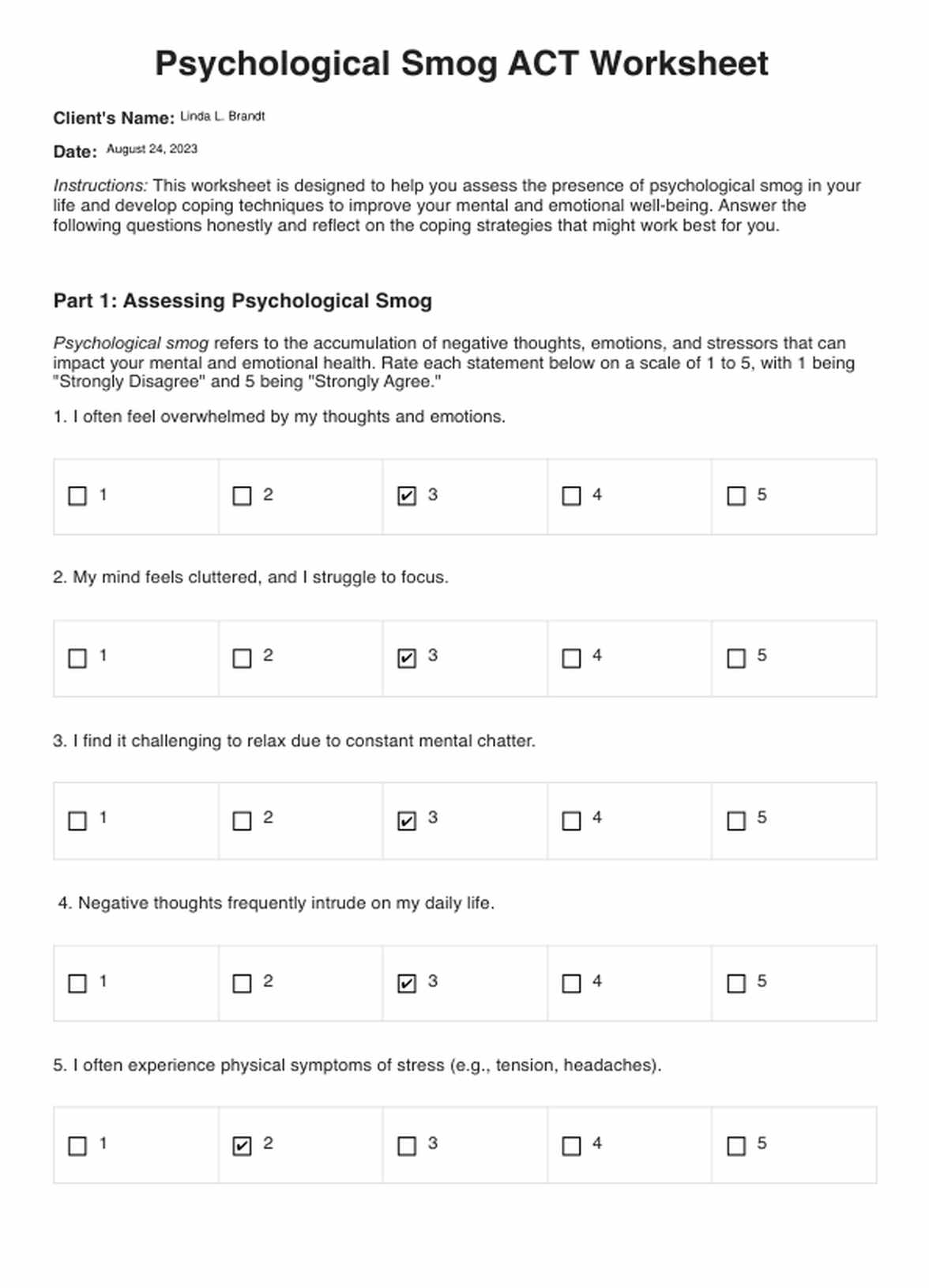















-template.jpg)


